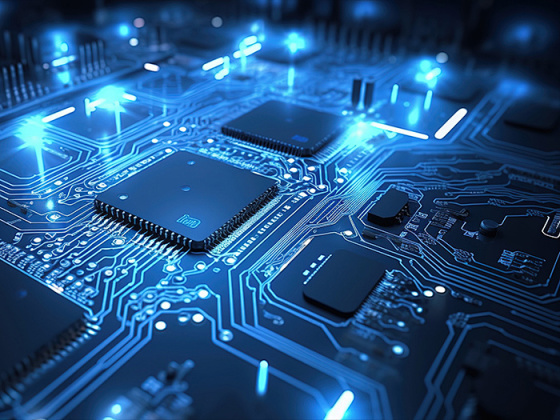Unlocking the Secrets of Metal Core PCB: How It Works
Apr 22,2025

What is a Metal Core PCB?
Ever heard of a Metal Core PCB? Well, let me tell you, it's not your everyday printed circuit board! In fact, this nifty piece of technology is a game-changer in the world of electronics. Unlike traditional PCBs that rely on fiberglass or epoxy resin, Metal Core PCBs have a solid metal base—often aluminum or copper—that enhances thermal conductivity. This means they can dissipate heat more effectively, making them ideal for high-power applications. So, buckle up as we dive into the inner workings of this innovative technology!
The Anatomy of a Metal Core PCB
To understand how a Metal Core PCB works, let's break it down. A typical Metal Core PCB consists of three main layers: the substrate (the metal core), the insulation layer, and the copper layer. The substrate acts as the backbone, providing structural support and thermal management. The insulation layer sits atop this metal foundation, ensuring that electrical signals can flow without interference. Finally, the copper layer is where all the magic happens—this is where the electronic circuitry is printed. Pretty neat, right?
Thermal Management: The Heart of the Matter
Now, let’s get to the nitty-gritty of how these boards manage heat. In many electronic devices—think LED lights, power supplies, and automotive systems—excess heat can be a real buzzkill. Enter the Metal Core PCB! Its metal substrate excels at transferring heat away from sensitive components, preventing overheating and ensuring that devices run smoothly. It’s like having a built-in cooling system! This thermal management capability not only improves performance but also extends the lifespan of your electronics. Talk about a win-win!
Why Choose Metal Core PCB?
So, you might be wondering, why bother with Metal Core PCBs? Well, let’s break it down. One of the biggest advantages is their ability to handle high thermal loads. This makes them perfect for applications that generate a lot of heat. Additionally, they offer improved electrical performance due to their superior thermal conductivity. In simpler terms, they work better and last longer compared to their traditional counterparts. Plus, let's not forget the added bonus of lighter weight! Who doesn’t want that?
Applications Galore!
Metal Core PCBs are popping up everywhere! From LED lighting systems to automotive controls and even medical devices, they’re making waves across various industries. For instance, in the LED market, these boards help maintain consistent brightness while preventing heat-induced damage. In automotive applications, they ensure that critical components remain operational, even under high-stress conditions. The versatility of Metal Core PCBs is truly impressive!
Challenges and Considerations
Now, before you jump on the Metal Core PCB bandwagon, there are a few things to keep in mind. First off, the manufacturing process can be a bit more complex and, consequently, pricier than standard PCBs. The materials used, particularly the metal core, can also affect production time and cost. However, when you weigh these factors against the benefits—like longevity and reliability—the investment can really pay off in the long run.
Conclusion: The Future is Bright
In conclusion, Metal Core PCBs represent a significant leap forward in electronic design. With their superior thermal management, reliability, and versatility, they’re quickly becoming a staple in high-performance applications. So, if you're in the market for a PCB that can handle the heat—literally—you might want to consider giving Metal Core PCBs a shot. Who knows? They might just be the secret ingredient your next project needs!
Contact Us
E-mail :
shirley@threestar.com.tw
E-mail :
joyce@threestar.com.tw
E-mail :
johnhan@threestar.com.tw


